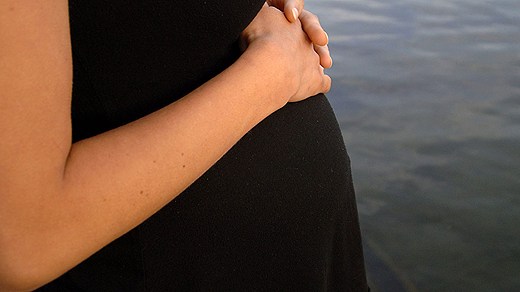Baby boom over in Sweden
The current trend is that the birth rate, which has been going up and down for quite some time, has stabilized.
-
 Statistics Sweden believes that the average age for first time moms, that is 29 years, will remain where it is.
Statistics Sweden believes that the average age for first time moms, that is 29 years, will remain where it is. -
-
The baby boom is over in Sweden – and don't expect a new one anytime soon. The current trend is that the birth rate, which has been going up and down for quite some time, now has stabilized, according to a prognosis by Statistiska Centralbyrån (Statistics Sweden).
-
 The baby boom is over in Sweden, and it looks like it will stay that way.
The baby boom is over in Sweden, and it looks like it will stay that way. -
-
“We don’t believe there will be any more dramatic ups and downs in the fertility rates of women,” says Lotta Persson, who works with the population projections at Statistics Sweden. The fertility rate shows how many children are born a certain year, divided among all women of childbearing age (16-45). Last year the fertility rate was 1.9, and that’s the level Statistics Sweden believes Sweden will stay on for a very long time.
-
“There will most probably not be any societal changes in the same way that it has been in the past, which was the main reasons for the ups and downs in child birth,” Persson continues. The birth rate plummeted in the 1970’s, and the explanation is now thought to be that women found it difficult to combine work and children. “These difficulties are no longer applicable to the same extent. For instance, child care and parental leaves have improved.”
-
Around 1990 it was time for a baby boom again. The fertility rate rose to above 2.0, but then dropped to a low in 1999. “The downturn was influenced by the structure of the society. What was new was that more chose to get an education in order to get a job, which led to more moms giving birth later in life. And that’s where we still are today, and we believe the situation will remain since the demand of education remains,” Persson says.
-
Statistics Sweden believes that the average age for first time moms, that is 29 years, will remain where it is. Another trend is that of having three children, but Persson doesn’t think it’s enough to affect the country’s number of births. “If the trend to have a third child remains is difficult to predict, since that’s a choice sensitive to economic fluctuations.” Sweden Statistics’ new forecast of fertility in Sweden will come out in May, it will cover the period to 2060 and it will be different from that published last year. “There are many indications that we’ll increase the assumption from last year about the fertility rate going down. The data we now have indicates that we will remain at current levels,” Persson concludes.
-
-
